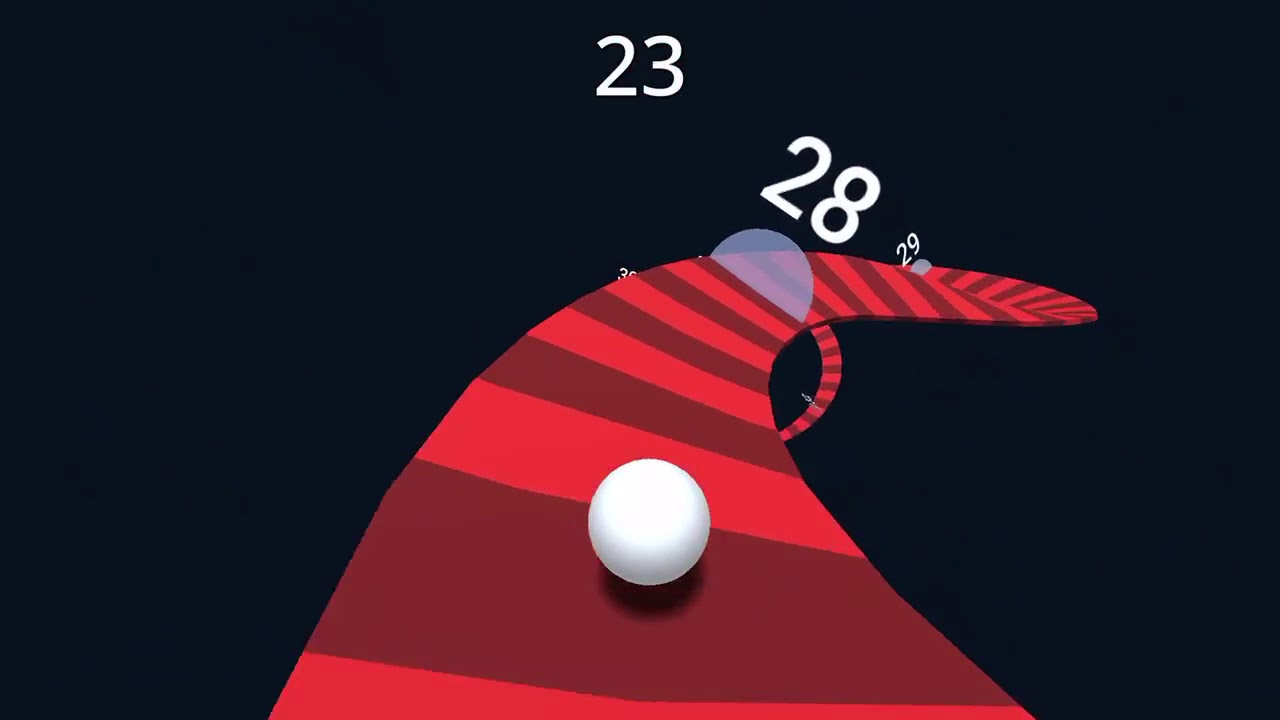Industry News & Events
Hyper-Casual Games Will Lead a Shakeup in the Top App Charts in 2018
Jan 5, 2018

Industry News & Events

2017 was a turning point for mobile gaming. Established players were struggling to keep up with newly found studios that were producing an incredible number of hyper-simplistic games, which we dubbed hyper-casual. Companies like Ketchapp, Voodoo, and Miniclip dominated the top free charts in both the App Store and Google Play, and their success will likely continue into 2018.
But why are hyper-casual games dominating? “Despite [their] absolutely simple, uncomplicated appearance, interface, and mechanics, [hyper-causal] serves to not only entertain the player, but to challenge them to test their skill and logic as well,” said Gram Games CEO Mehmet Ecevit.
By lowering the complications of onboarding and explaining game mechanics, hyper-casual games can be promoted much more easily than more complex ones. “Hyper-casual games are characterised by very shallow economies, with monetization typically coming exclusively in the form of advertising, and gameplay that is simplistic to the point of being wholly explained in a screenshot,” said Eric Seufert of Mobile Dev Memo.
It’s this highly simplistic and addictive gameplay that keeps hyper-casual games at the top of the app store charts. Simplistic gameplay ensures anyone can understand how to play the game in seconds, and its addictive game mechanics keep players coming back for more.
Since hyper-casual games are so simple to produce, studios can create 30 to 40 games per year instead of the extended development cycle that casual, core, and hardcore games face. This means hyper-casual game developers will have many more chances for their game to go viral, and can quickly abandon the games that fail.
“A portfolio strategy allows you to circumvent the discovery issue,” said mobile games consultant Josh Burns. He continues, “Hyper-casual titles are much more likely to ‘go viral’ vs. other more robust games that are less mass market. This Portfolio strategy also mitigates low retention issue as you can cross-promote users to a new game before they churn out.”
The combination of all of these factors set hyper-casual games up for continued success in 2018. At the time of this writing, Voodoo’s Twisty Road!, is #1 free app in the US App Store. The company also holds the 16th, 27th, and 38th place, showing that the portfolio strategy for hyper-casual games is working well.

Hyper-casual games are supported mostly by ads, lowering the barrier to entry for players further and giving games mass appeal. In order for hyper-casual games to be monetized correctly, developers will have to think about optimizing the user experience by thinking of the frequency and format of ads. Often, the best ad to use is skippable video after one or several of the most prominent game loops (like when a player loses a round).
In order to continue hyper-casual’s success into 2018, developers will also have to be effective with their user acquisition (UA) strategies. Since hyper-casual games are primarily ad-based, UA campaigns can be optimized early on and users are monetized immediately. Additionally, players of hyper-casual games can be acquired for low rates, which means developers have a lot of opportunity to scale and climb app store charts.
While hyper-casual will undoubtedly see continued success going into 2018 in the Top Free charts, some may wonder why hyper-casual games have been absent from the Top Grossing charts. The most obvious reason is that hyper-casual games are predominantly monetized via ads, which means they don’t utilize in-app purchases, which is how Top Grossing apps and games are ranked.
However, 2018 may be the year that hyper-casual games that do utilize both ads and in-app purchase monetization models break into Top Grossing, with newcomers challenging established games for position. Giants like Candy Crush, Clash of Clans, and Game of War are feeling the pressure from relatively young games like Toon Blast, Homescapes, Golf Clash, and High School Stories.
“I think 2018 will see a fundamental reshuffle of the 1-25 range of the Top Grossing chart, with one Perennial effectively dropping out of the Top 10 and one new entrant.” – Eric Seufert
Seufert predicts there will be a “fundamental reshuffle” of the Top Grossing Chart and that many of the “perennials” struggling to remain in the top 10. Making things even tougher for hyper-casual developers is the fact that there will be continued consolidation within the mobile games industry. Big companies like Zynga, Aristocrat, and Nexon will continue gobbling up mobile game studios, making it more difficult for smaller devs, like those developing hyper-casual games, to compete.
2017 was the year hyper-casual began its climb to the top and 2018 will be the year that the genre comes into its own. There’s a lot of room for hyper-casual games to grow and it’ll be interesting to watch how developers will scale and adapt their businesses amidst ever-fiercer competition in the mobile games space.